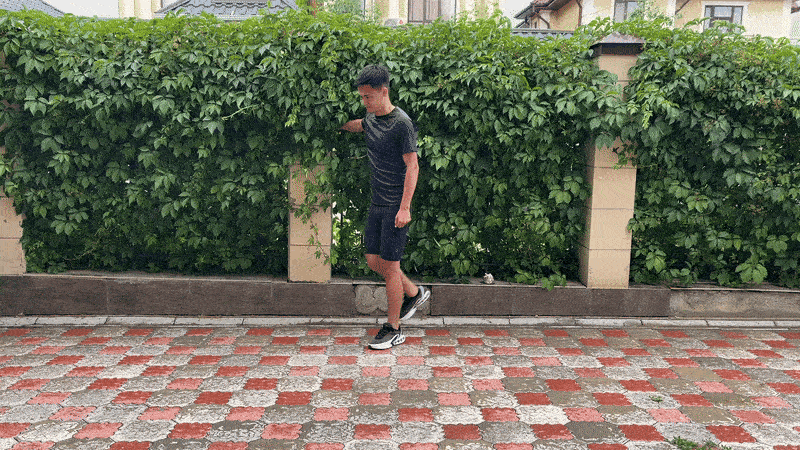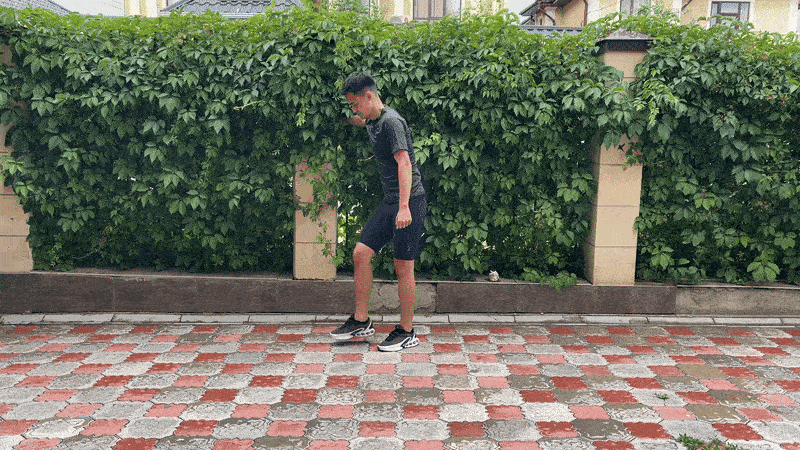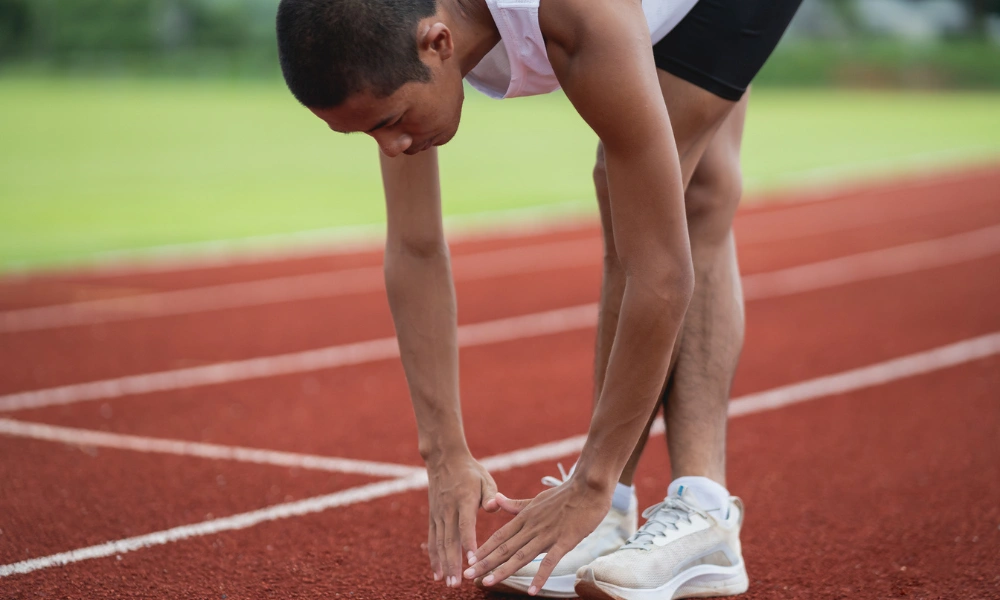If you’re like most runners, you might be skipping a warm-up. A good dynamic warm-up gets your blood flowing and your body ready to move.
I’ll walk you through a simple routine you can do before every run..
Why Runners Need a Dynamic Warm-Up
Instead of just standing still and stretching cold muscles (which can actually slow you down), dynamic warm-ups use active movements to increase your heart rate, loosen tight areas like your hips and hamstrings, and activate the exact muscles you use while running.
Dynamic warm-ups rooted in sports science and proven by research to help runners.
A 2012 study published in the Journal of Strength and Conditioning Research found that dynamic warm-ups improved running performance and enhanced power output, especially when compared to static stretching.
“A dynamic warm-up mimics the movement patterns of your run, gradually preparing your body and mind for performance.” — Dr. Kelly Starrett, DPT, performance coach and author of Becoming a Supple Leopard
Dynamic Warm-Up for Runners
This warm-up takes just 5–10 minutes and can be done anywhere — even on the sidewalk outside your home.
Here’s the full warm-up in the ideal order:
1. Easy Jog – 1–2 minutes
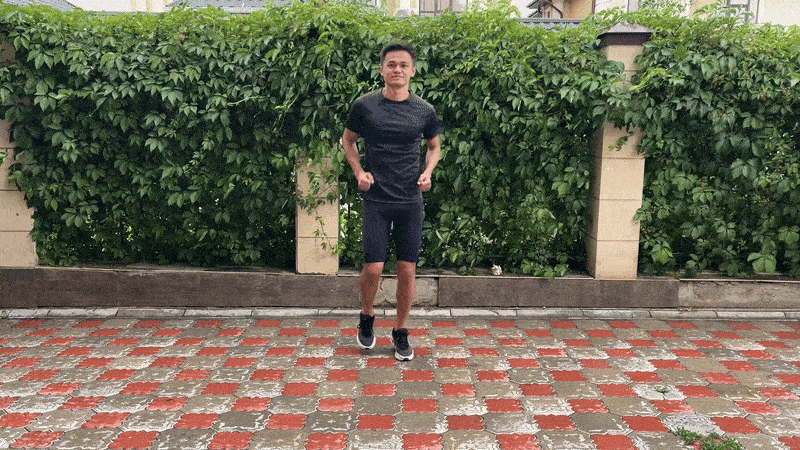
Start with a slow jog to get your blood flowing. You can jog in place or move forward gently.
- Keep your shoulders relaxed and arms swinging naturally.
- Breathe deeply through your nose and mouth.
Why it matters: Gently raises heart rate and warms up major muscle groups.
2. Open and Close Gate – 10 reps per leg

Lift one knee to hip height and rotate it out to the side (open the gate), then reverse the motion (close the gate). Repeat on each leg.
- Stand tall and engage your core to stay balanced.
- Use a wall or pole for support if needed.
Why it matters: Opens up tight hips and improves range of motion in the pelvis.
3. Leg Swings (Forward and Back) – 10 reps per leg

Hold onto a wall or tree. Swing one leg forward and back like a pendulum. Keep it smooth and controlled.
- Don’t force the swing — let the leg move freely.
- Keep your upper body still and controlled.
Why it matters: Loosens hip flexors and hamstrings — common tight spots for runners.
4. Leg Swings (Side to Side) – 10 reps per leg

Face forward and swing one leg across your body, then out to the side. Switch legs.
- Start slow and increase the range of motion as you loosen up.
- Keep your posture tall and your abs engaged.
Why it matters: Warms up the hip abductors and adductors (side hip muscles), which stabilize your stride.
5. Hamstring Scoops – 10 per leg

Step one foot forward, keep it straight, and scoop your hands toward the toe. Switch legs as you walk forward.
- Keep your front heel planted and toes pointing up.
- Don’t round your back—hinge from the hips.
Why it matters: Dynamically stretches the hamstrings, which often get tight from sitting.
6. Toe Reaches– 10 per leg
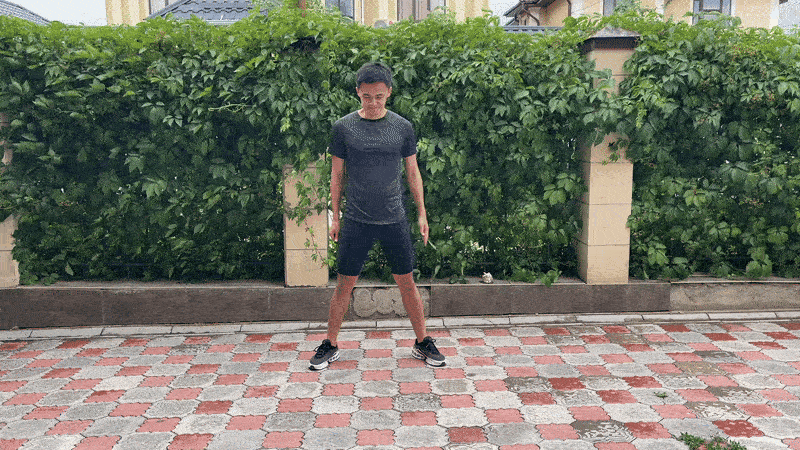
Kick one leg straight up and try to touch your opposite hand. Keep your core tight and movements controlled.
- Keep your kicks controlled — avoid jerky movements.
- Maintain an upright chest and a tight core.
Why it matters: Warms up the hamstrings and improves balance and coordination.
7. Side Steps (Lateral Shuffles) – 30 sec
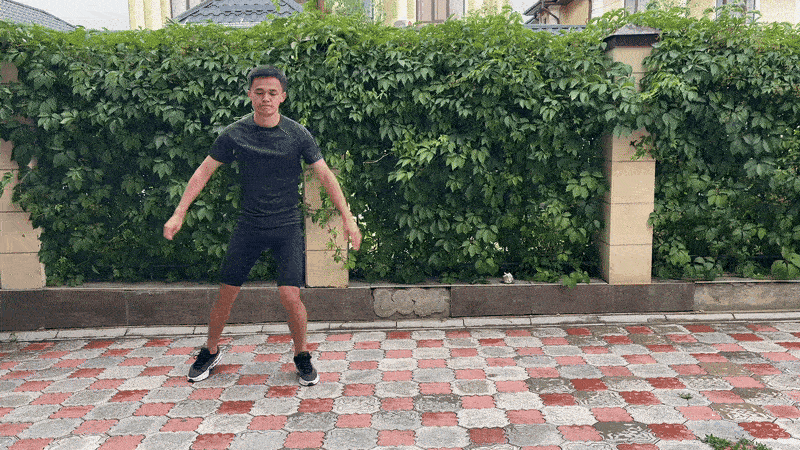
Step sideways with a slight squat, then quickly step the trailing foot to meet the lead. Shuffle back and forth for 10 meters.
- Keep your chest up and knees soft.
- Don’t let your feet click together — stay light and quick.
Why it matters: Activates glutes and builds lateral stability for smoother forward motion.
8. High Knees – 30 seconds

Run in place while lifting your knees high, pumping your arms. Focus on quick, light feet and keeping your chest tall.
Why it matters: Activates your hip flexors and core, improves coordination.
9. Butt Kicks – 30 Seconds
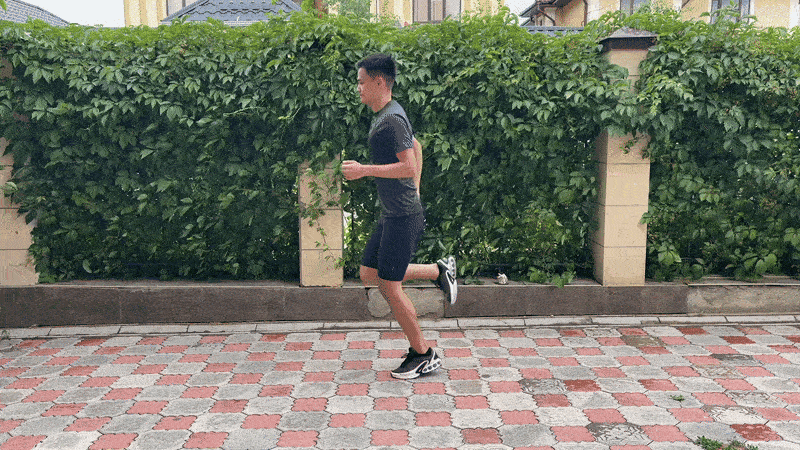
Jog in place while kicking your heels up toward your glutes. Move your arms as if running and keep a light bounce in your step.
- Avoid arching your back — keep your core tight.
- Aim for a fast but controlled pace.
Why it matters: Activates the hamstrings and primes the posterior chain — a key muscle group for strong running form.
Do this full warm-up before every run, even easy ones. It only takes 5–7 minutes. Don’t treat your warm-up as optional. A few minutes of dynamic movement primes your body, sharpens your mind, and sets you up for a better, safer run.

